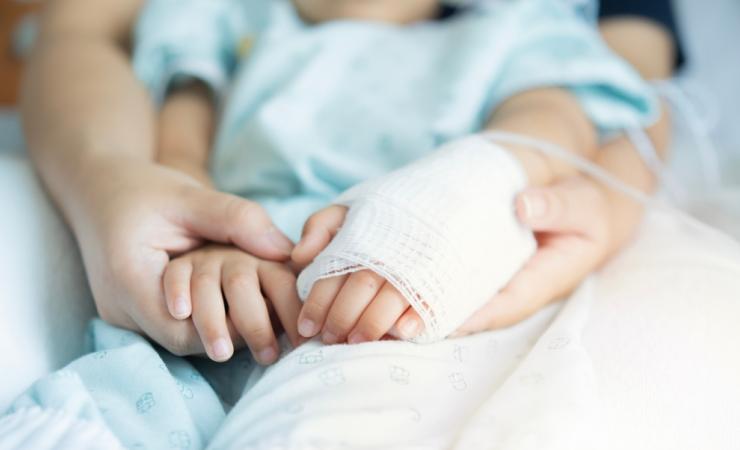Children deserve to have medicines, medical devices and diagnostics that are adapted to their needs. Legislation designed to foster the development of medicines for children has boosted the numbers of paediatric medicines authorised by regulators, although gaps remain. When it comes to medical devices and in vitro diagnostics, few devices are designed for use in paediatrics, leading doctors to take adult devices and adapt them to fit children.
Writing in Frontiers in Medicine, IHI Senior Scientific Project Manager Nathalie Seigneuret explains how Innovative Medicines Initiative (IMI) and IHI projects are advancing paediatric research and delivering results that already making a difference in this challenging field. They are well placed to do this because they bring together all key stakeholders involved in paediatric research, including academics, industry representatives, regulators, and children and their parents.
Better paediatric clinical trials
Several IMI/IHI projects are delivering tools and resources to facilitate the conduct of paediatric clinical trials.
- Conect4children has set up a pan-European clinical trial network comprising 20 national hubs across 21 countries, providing access to over 250 clinical sites. The project has also delivered outputs relating to data quality, trial feasibility, and educational materials.
- INNODIA and INNODIA HARVEST have built a clinical network for studies on type 1 diabetes, as well as a master protocol for prevention studies.
- The consortia behind conect4children and INNODIA have set up non-profit foundations to continue the work started in their projects.
- EU-PEARL developed a generic framework and tools to facilitate carrying out platform trials; one of the project’s use cases focused on neurofibromatosis (NF), a rare disease. The Children’s Tumor Foundation is now using these resources to set up a platform trial to test treatments for NF.
- New IHI project RealiseD aims to develop playbooks to further optimise clinical trial designs that could be used for rare paediatric diseases.
- AIMS-2-TRIALS has set up a clinical network for autism spectrum disorder and is identifying candidate biomarkers that could be used in a clinical trial context.
Improving paediatric cancer development
We urgently need better tools to study childhood cancers in the lab. IMI project ITCC-P4 created over 450 patient-derived models of the most common paediatric cancers. Furthermore, a majority of the models have been fully characterised with tumour and blood samples from the patient. The project set up a non-profit company, ITCC-P4 gGmbH, which offers industry and academic researchers access to the models for preclinical testing of assets in paediatric cancers.
Screening programmes to ensure early diagnosis
Early diagnosis is key to maintaining children’s health and minimising the risk of complications.
- Screen4Care is designing and running a genetic newborn screening programme to detect rare diseases at the earliest stages.
- EDENT1FI is setting up a pan-European platform to screen children and adolescents to identify people in the early stages of, or at risk of developing, type 1 diabetes.
Boosting immunisation
IMI projects are delivering knowledge and resources to improve vaccinations.
- RESCEU and PROMISE added to our understanding of respiratory syncytial virus (RSV) and produced tools and data that helped to optimise the introduction of RSV vaccines in the EU for pregnant women, children, and older adults.
- PERISCOPE’s tools to advance pertussis (whooping cough) vaccine development are already being used to evaluate the safety and efficacy of new pertussis vaccines.
A look to the future
“IHI/IMI projects have boosted European paediatric research and successfully delivered a wide range of achievements,” Nathalie writes. “The outcomes are revolutionising paediatric development, and their full impact will be felt by children, their families, and wider society not only in Europe but also globally.”
Looking to the future, she concludes: “At the halfway point of IHI, it is timely to focus our efforts on areas that not only would boost the competitiveness of Europe’s health research and innovation sector but, more importantly, will accelerate the development of innovative medicines, medical devices, diagnostics, and other interventions for the benefit of the whole paediatric population from neonates to adolescents.”
